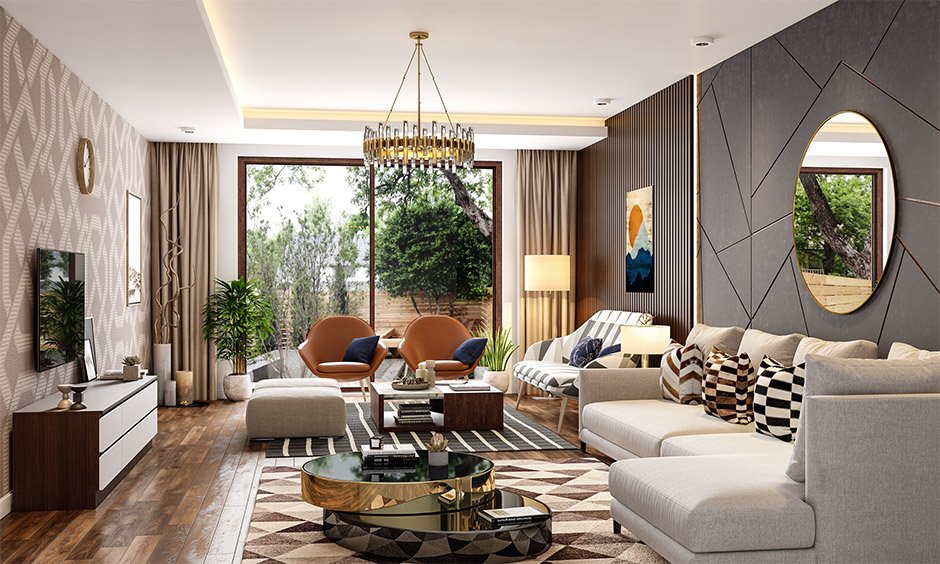The design and construction industry is changing as a result of the use of artificial intelligence (AI) into interior fit-outs. AI is changing the way places are made, making them more accurate, individualized, and efficient by automating procedures, analyzing data, and optimizing design choices. This development offers creative options for both designers and clients, and it is not simply found in home or office settings but also in sectors like retail, hospitality, and healthcare.
How AI Enhances Interior Fit-Outs
AI’s impact on interior fit-outs is evident in various stages of the design process, from conceptualization to execution. By leveraging machine learning, automation, and data analysis, therefore AI tools streamline and optimize multiple aspects of interior design.
1. Automated Design Creation
Based on user-specified parameters, AI-powered design software can produce a variety of design possibilities. The AI will offer optimal solutions based on the designer’s input of variables including room size, lighting, color preferences, and functionality. Therefore, this enables more imaginative and effective space design and cuts down on the amount of time spent on manual drafting.
2. 3D Visualization and Virtual Reality
Virtual reality (VR) technology and AI-powered 3D rendering tools allow designers and clients to see an interior design concept before it is really implemented. Customers can see a more realistic and immersive design representation by taking a virtual tour of their future area. Therefore, this makes it possible to make better decisions, minimize mistakes, and guarantee that the end product lives up to the client’s expectations.
3. Space Optimization
AI is able to evaluate a space and recommend the best configuration based on elements like traffic flow, natural light, and furniture placement. This is especially helpful in business settings where making the most of available space and guaranteeing functionality are essential. Businesses may improve employee well-being, increase productivity, and create more effective work spaces with AI-driven space optimization.
4. Smart Furniture Integration
AI has become essential in incorporating connected devices into interior design with the rise of smart furniture. For instance, temperature controls that react to occupancy, desks that automatically change height, and lighting systems that change according to activity. This integration promotes efficiency and energy conservation while making places more comfortable and user-centric..
Benefits of AI in Interior Fit-Outs
AI offers the interior fit-out industry a number of advantages, such as:
- Precision and precision: AI ensures that designs are carried out with high precision and fewer revisions by reducing human mistakes.
- Cost and Time Efficiency: AI lowers expenses related to errors and project delays by automating design processes and optimizing resources, which results in quicker turnaround times.
- Customization: AI is able to produce designs that are specifically suited to each client’s tastes, providing more individualized experiences.
- Sustainability: AI may provide energy-efficient solutions and sustainable materials, assisting in the design of ecologically friendly interior spaces.
The Future of AI in Interior Fit-Outs
As AI continues to evolve, its role in interior fit-outs will only grow. The future promises even more sophisticated tools that will further enhance the efficiency and creativity of the design process. From automating project management to predicting future trends, AI will help designers stay ahead of the curve, creating innovative, functional, and sustainable spaces.
For more updates on how AI is revolutionizing industries like interior design, visit creativeroots.ae, your ultimate source for the latest trends and technology in the world of design

